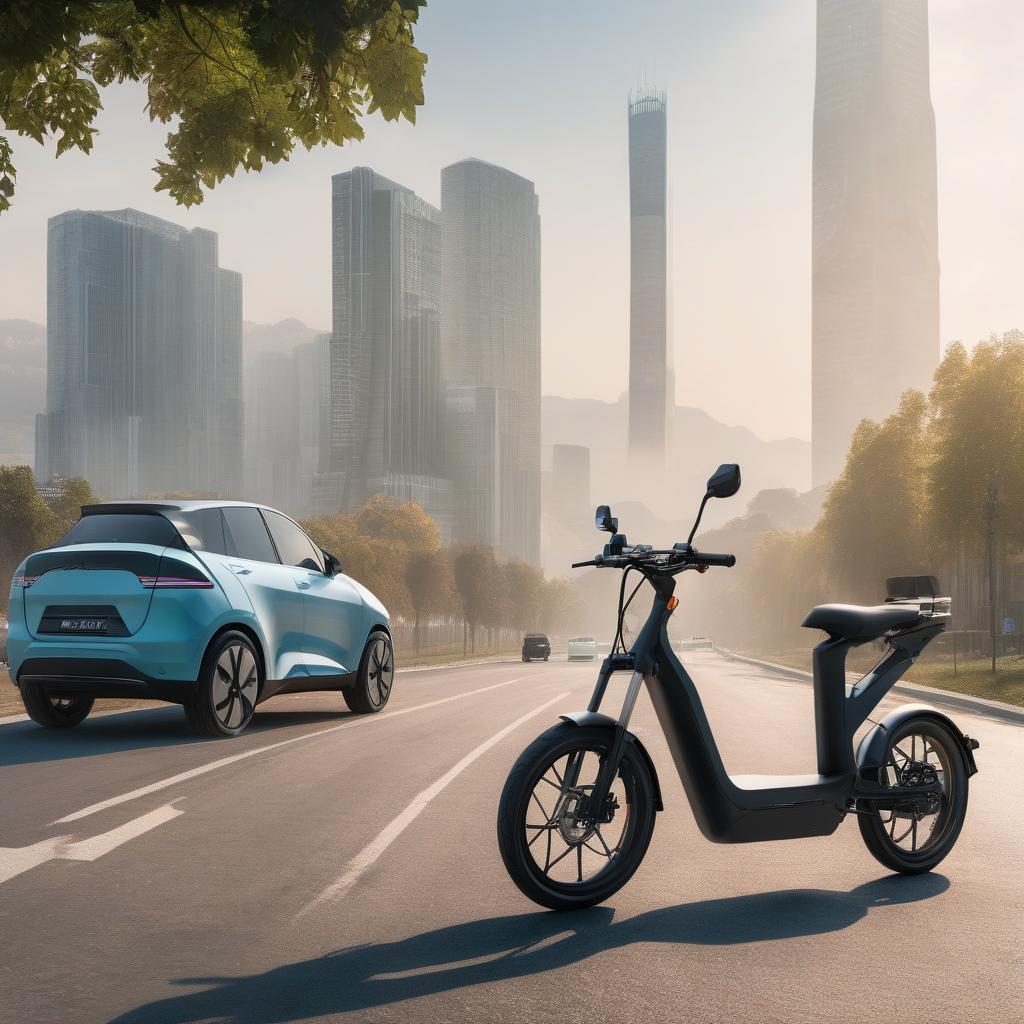The Benefits and Principles of Dual Battery Systems in E-Bikes
Electric bicycles (e-bikes) have surged in popularity in recent years, providing a practical and eco-friendly mode of transportation. One of the most significant advancements contributing to their growing appeal is the dual battery system. This article explores what dual battery systems are, their advantages, the technology behind them, and how they enhance the overall e-bike experience.
Understanding Dual Battery Systems
A dual battery system in an e-bike refers to a configuration that accommodates two batteries instead of the traditional single battery setup. These systems can operate in various ways, such as using both batteries simultaneously to increase range or allowing a backup battery to take over when the primary one is depleted.
Key Features of Dual Battery Systems
- Increased Range: The most tangible benefit of a dual battery system is the extended range it provides. Riders can travel longer distances without the need for frequent recharging, making dual-battery e-bikes ideal for long commutes, touring, or recreational rides.
- Improved Reliability: By incorporating a backup battery, dual battery systems enhance the reliability of the e-bike. If one battery fails or runs out of juice, the other battery can take over, ensuring you can reach your destination without getting stranded.
- Flexible Power Management: Some dual battery systems allow for dynamic power management. Riders can choose to use one battery at a time or combine the power output from both batteries to tackle steep hills or challenging terrains, enhancing the bike’s overall performance.
- Faster Recharging: Many dual battery setups allow for streamlined charging processes. Riders can charge both batteries simultaneously, which can be highly convenient for daily users.
How Dual Battery Systems Work
- Parallel Configuration: In this setup, the two batteries are connected in parallel. This means that both batteries discharge at the same rate, essentially doubling the energy capacity available to the motor. This setup is often used in e-bikes designed for long-distance travel.
- Series Configuration: Here, the batteries are connected in series, which increases the voltage supplied to the motor. While this can provide more power and speed, it is less common in e-bikes due to increased complexity and cost. Most dual battery systems utilize a parallel configuration for its simplicity and efficiency.
- Smart Battery Management Systems (BMS): Advanced dual battery systems incorporate smart BMS that monitor the charge levels, temperatures, and overall health of both batteries. This technology optimizes performance and ensures that the batteries are used efficiently, extending their lifespan.
Advantages of Dual Battery Systems
- Longer Rides: The extended range offered by dual battery systems is a game-changer for those commuting or touring. Riders can confidently tackle longer routes, knowing they have ample power.
- Energy Management: With two batteries, riders can effectively manage their energy usage throughout the ride. This can be particularly valuable when navigating varied terrain, allowing riders to use one battery for flat pavements and switch to the second battery for steep climbs, conserving energy overall.
- Cost-Efficiency: Initially, dual battery e-bikes may seem more expensive; however, the ability to travel longer distances between charges can save money on energy costs over time, especially for those who frequently use their e-bikes for commuting.
- Enhanced Performance: Riders who tackle more challenging terrain or those who frequently travel uphill will appreciate the increased power availability. Dual systems can make e-bikes significantly more powerful and capable.
- Sustainability: Extended riding ranges and efficient energy management mean that e-bike users can rely less on automobiles, further contributing to reduced carbon footprints.
Considerations When Choosing a Dual Battery System
While there are numerous advantages to dual battery systems, potential buyers should consider a few factors:
- Weight: Dual battery e-bikes tend to be heavier than their single-battery counterparts. Riders who prioritize lighter bikes may need to weigh the benefits of added power against the increased weight.
- Cost: The technology involved in dual battery systems typically comes at a premium. Evaluate the budget against the benefits of extended range and reliability.
- Storage: Having two batteries means more careful planning for storage and transport. Ensure your chosen bike can accommodate both batteries adequately in its design.
- Charging Infrastructure: Check the availability of charging stations or whether you will be relying on home charging. Dual battery systems may require more time and consideration for maintaining battery health.
Conclusion
As e-bike technology continues to evolve, dual battery systems emerge as a leading solution for enhancing range, reliability, and overall riding enjoyment. Whether you are a daily commuter, a mountain biking enthusiast, or someone seeking an eco-friendly transportation option, dual battery systems provide the flexibility and power necessary to elevate your e-bike experience.
Investing in a dual battery e-bike is not just about enjoying longer rides; it’s about embracing a smarter, more sustainable mode of transport that keeps pace with


